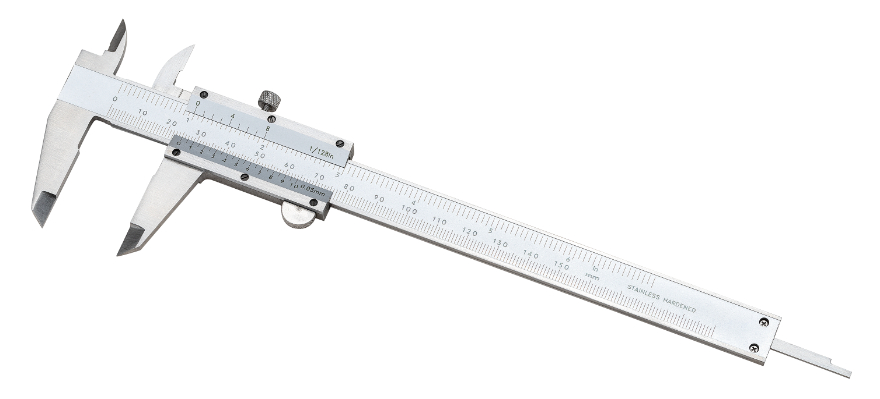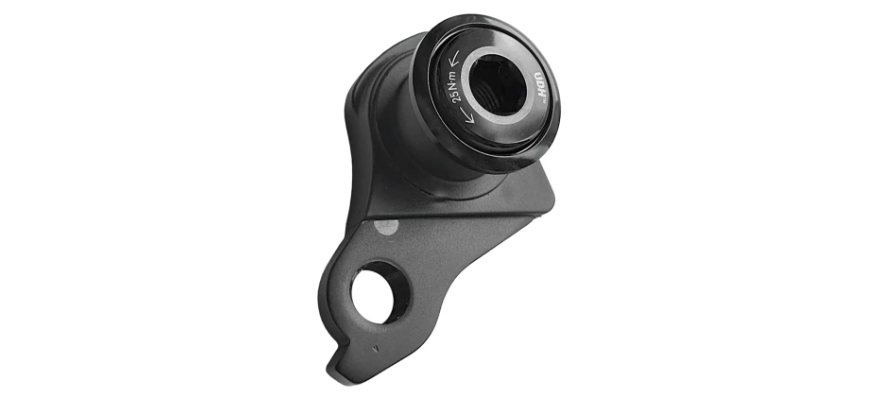
Bicycle Industry ‘Standards’ & Sustainability
Published:
Updated:
June 1, 2024
December 12, 2024
Mention the word ‘standard’ to anyone who knows something about bikes and you’ll be greeted with a wry smile, an eye roll, an angry tirade, or all of the above. Sure, ‘standards’ exist, but can something really be called a ‘standard’ when there’s more than one? Or, when it comes to bottom brackets, when it feels like we’re closer to a hundred and one…
And yet, in almost the same breath, there’s seemingly fresh cause to celebrate as more and more proponents of the proliferation of such ‘standards’ finally begin to realize that the humble English-threaded BSA BB was the right answer after all. I’m looking at you, Specialized and Cannondale (let’s hope Giant and Trek eventually come to the party as well).
There is hope in the comparatively tiny, undoubtedly essential, yet different on basically every bike, rear dropout too. Why these ever needed to differ bike by bike is a mystery. On the MTB side of cycling, there seems to have been a general acceptance that UDH is now the way to go. This ‘Universal Derailleur Hanger’ created by SRAM – that we now know supports their T-Type rear derailleur solution, but also accepts any other derailleur to boot – has been widely adopted, with some otherwise-unchanged frame designs being updated purely to incorporate this new standard.
UDH ubiquity on the road scene still feels a long way off, but new bikes and updated versions of bikes are starting to emerge equipped with UDH. Many expected the new top-tier SRAM Red AXS groupset to have a UDH rear derailleur, but SRAM have opted to hold off for now – although I don’t doubt it’ll be launched as an option in the next year or two.

SRAM’s UDH
So, given that everything I’ve mentioned so far is mostly good news, why the need to Yell At Bikes on this topic? The answer, dear reader, is as small and as essential as a dropout is. Frustratingly, it’s also an item that has offered only two standards for as long as most of us can remember: Valve stems.
Yes, valve stems. Apparently, some folk are incapable of correctly using Schraeder and Presta valves – particularly the latter as it relates to installing and using tubeless setups. Apparently we now need ‘high flow’ valves because apparently some folk are too lazy to remove their Presta valve core to put tubeless sealant in their tyres (surely trying to force sealant through a Presta valve core is like trying to put toothpaste back in the tube?). Apparently these new high flow valves all need to be of a different design by manufacturer too. Heaven forbid one manufacturer can be bold enough to decide they don’t need to make their own high flow valve because Other Co. have done a perfectly good job of theirs (or license and rebrand another company’s design instead of creating their own). No, we need to design our own and make it annoyingly, very slightly different to ensure it is incompatible. Guess what? This probably means new pumps for each type too. Did you hear my eyes roll then?
News flash: There was (is) nothing wrong with Presta. Nothing!
Pure annoyance aside, the proliferation of standards also brings a sustainability concern. One might argue it’s great that the ridiculous range of BB standards allows for the likes of Kogel, C-Bear, CeramicSpeed, and others to exist off the back of making huge ranges of (very good) aftermarket BB units. Knowing some of the people at those companies personally, I’d hate to see them go under because their businesses can’t survive on making one (very good) BB type all the time – and yet the fact that their businesses do exist means that material is being used, fossil fuels are being burned and CO2 is being generated to make the vast array of BBs they do offer.
Sure, valve stems aren’t big items physically, but that doesn’t make the sustainability issue go away. Every step in the process from design inception to production of creating these new high flow valve stem designs has a negative sustainability impact as companies allocate production space, create tooling, build production capability, begin producing, and then package and distribute them. Even if these new valve stem designs are ultimately more sustainable to produce, the payback to offset the CO2 footprint of their creation will be lengthy; and, unless a new high flow valve stem standard emerges, that will be exacerbated by the different valve designs. And then there’s those new pumps…
Turn that talk to a bigger product – a BB for example, not to mention something like a suspension fork – and the impact only increases. The 1.8″ tapered fork steerer for eMTBs comes to mind: Will that fractional difference in steerer diameter over the rest of the 1.5″ MTB market ever be felt as a true benefit on an eMTB, or is it just someone’s idea to sell more forks to the eMTB market as a stronger product with scant regard for the sustainability impact of their marketing ploy? That’s a rhetorical question, in case you didn’t pick it.
It’s an argument that goes way beyond standards, though. Do we really need the vast choice of stems, seatposts, headsets, saddles, tyres and so on, for example? Of course not. But at least those choices aren’t being made worse (yet, mostly) by unnecessary, leftfield, new-fangled ideas; and exist – in part at least – through a level of need (by which I mean things like variation in stem length to achieve a particular fit). Companies exist to make money, though, and that means making product – even if that same product exists in a similar-but-slightly-different form under another brand name.
As an industry, we need to change the mentality of: “This will be better so we’ll make it” where bigger consequences aren’t even a thought. No single company is going to make a life-changing (or even a notable P&L changing) impact on their business through producing a valve stem – especially not in a market that already has a perfectly workable solution if you can be bothered to use it properly – so why bother? It’s product for the sake of it and screw the impact.
To say the industry is entirely unaware would be unfair. Shift Cycling Culture are doing all they can to bring as many people in the cycling industry to the table as possible, to highlight the sustainability issues, to encourage cycling companies to make pledges and commitments, to share learnings within the industry, and to instigate change. Is one (still fairly quiet) voice like theirs enough, though?
Rapha too have a ‘Sustainability’ button in their website footer. Guess what, though? It links (at the time of writing at least) to an empty page…
I’m trying to do my bit when it comes to how I run my own workshop, but I cringe multiple times a day seeing the products I work with and how they arrive to me. As an industry, we can – and must – do better.
Rich
In my circa 35 years of riding I have only ever taken my bikes to a shop when I needed to ask nicely to borrow a tool that I didn’t have - usually in return for a quantity of beers proportionate to the number of staff who worked there, the value of the tool in question and/or the amount of workstand time I wasted.
The number of bikes I have owned is a number that I don’t want my wife to know. Years in the bicycle industry in various guises interspersed a corporate career, ultimately leading to becoming founder, owner, CEO, spanner monkey and Tea Boy of my own home-based workshop, which is The Best Job in the World; and is where I currently practice a solid amount of Yelling At Bikes.